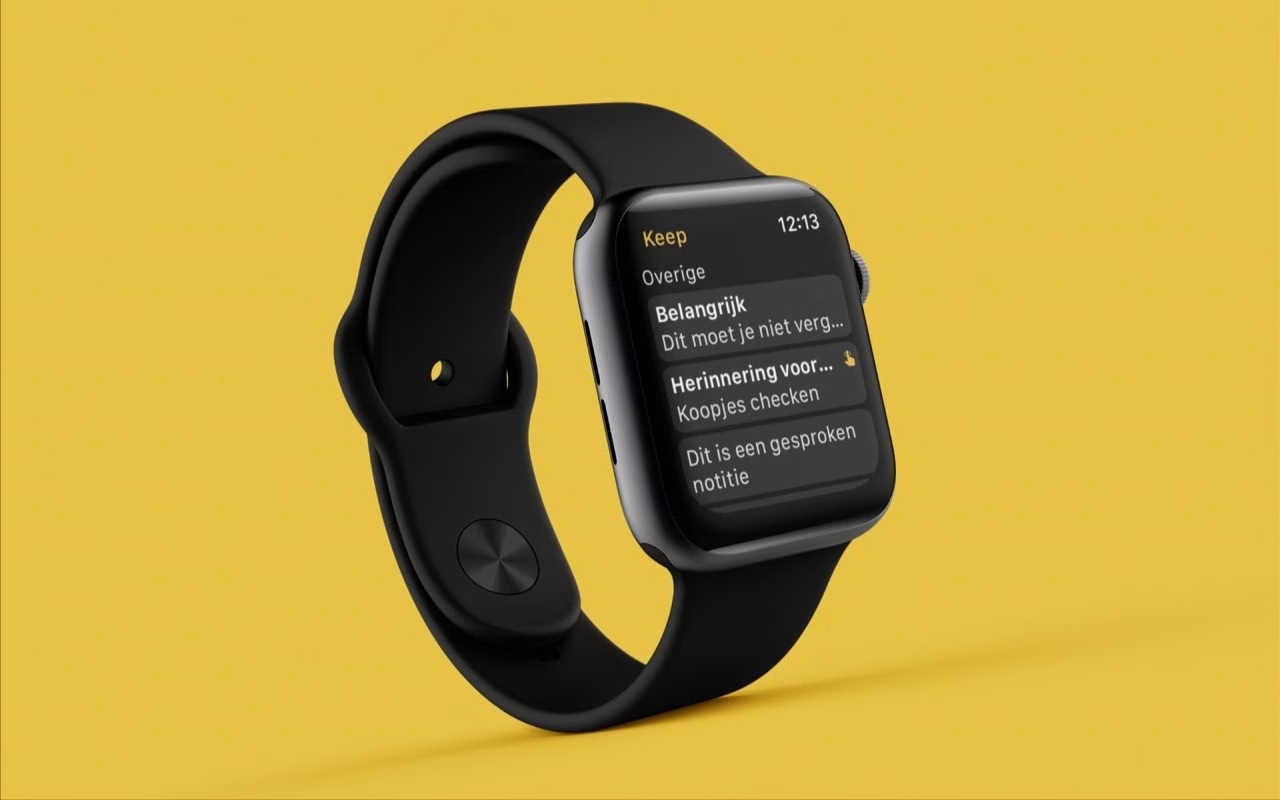The Unceremonious Departure of Google Keep from Apple Watch: An In-Depth Look
Well, here we are again. Another day, another app making its quiet exit from a platform where it once held a place, however small. This time, it's Google Keep, the beloved note-taking and list-making app, bidding adieu to the Apple Watch. For many, this news might barely register. But for a dedicated segment of users, myself included, who relied on that quick wrist-tap to jot down a thought or check off a grocery item, it's a bit of a bummer. And it wasn't just a quiet removal; it happened almost simultaneously with the launch of the Google Calendar app for watchOS. Talk about a bittersweet exchange, right?
The timing, as reported by sources like 9to5Google, is certainly interesting. One door closes, another opens. But why Keep? Why now? It’s a question that begs a deeper dive into Google’s strategy, user expectations, and the ever-evolving landscape of wearable technology.
Why the Sudden Shift? Google's Evolving WatchOS Strategy
So, what gives? It’s likely a combination of factors. Resource allocation is a big one. Developing and maintaining an app for a specific platform, especially a wearable, isn't trivial. It requires dedicated engineering teams, continuous updates, and bug fixes. Perhaps Google decided that the return on investment for Keep on the Apple Watch wasn't aligning with their broader strategic goals. Maybe they saw more value in bringing a full-fledged Calendar experience to the wrist, an app that arguably has a more direct and frequent utility for many users throughout their day. Think about it: checking your next meeting, getting directions to an event – these are core smartwatch functions. Quick note-taking, while useful, might be seen as secondary, or perhaps better served by the iPhone itself.
The Calendar Conundrum
Impact on Users: A Niche, But Loyal, Following
For these users, the discontinuation is genuinely disruptive. It forces a re-evaluation of workflows. What are the alternatives?
- Apple's Reminders/Notes: The native options are, of course, the most obvious. They're deeply integrated into the Apple ecosystem, and for many, they work perfectly fine. But if you're heavily invested in Google's ecosystem for everything else, switching just for your wrist-based notes can be a pain.
- Third-Party Note Apps: There are plenty of excellent third-party note-taking and task management apps available on watchOS. Apps like Bear, Things 3, or even simpler ones. The downside? It means migrating data or adopting a new system, which isn't always ideal.
- Using Keep on iPhone: The most straightforward, albeit less convenient, solution is simply to rely on Keep on your iPhone. It’s not the same, though, is it? The whole point of the watch app was the immediate accessibility.
Community reactions, particularly on platforms like Reddit, confirm this sentiment. Users are expressing disappointment, looking for workarounds, and lamenting the loss of a convenient tool. It’s a reminder that even seemingly minor app changes can have a real impact on daily routines.
The Broader Context: Smartwatch Market Dynamics
It's also worth considering the broader market trends influencing these decisions. The smartwatch market, while still significant, has seen some fluctuations. Reports suggest a general slowing in growth, and even the Apple Watch, despite its dominance, isn't immune to these shifts. When a market matures or faces headwinds, companies often become more strategic about where they allocate their development resources.
Google's move could be seen as a response to this. Instead of trying to be everything to everyone on a platform that isn't their own, they're focusing on core utilities where they can offer a truly compelling experience. Calendar, email (via Gmail notifications), and navigation are arguably more universal and frequently used than a dedicated note-taking app for a wrist device. It’s a pragmatic approach, even if it leaves some users in the lurch.
Looking Ahead: What Does This Mean for Google on Apple Watch?
So, what's next for Google and the Apple Watch? The discontinuation of Keep isn't necessarily a sign that Google is pulling back entirely. Quite the opposite, actually. The launch of the Calendar app suggests a renewed, albeit more focused, commitment.
We might see Google continue to cherry-pick which of its services make the jump to watchOS. Perhaps a dedicated Google Maps app with more robust features, or even a streamlined Gmail app beyond just notifications. It's a balancing act for them: supporting a rival's hardware while still promoting their own ecosystem (Wear OS, for instance).
Ultimately, this move highlights the dynamic nature of app ecosystems. What's available today might be gone tomorrow, and vice versa. For users, it means staying adaptable and exploring alternatives. For developers, it's a constant recalibration of priorities and resource allocation. And for us tech observers? It’s just another fascinating chapter in the ongoing story of how our digital tools evolve.
